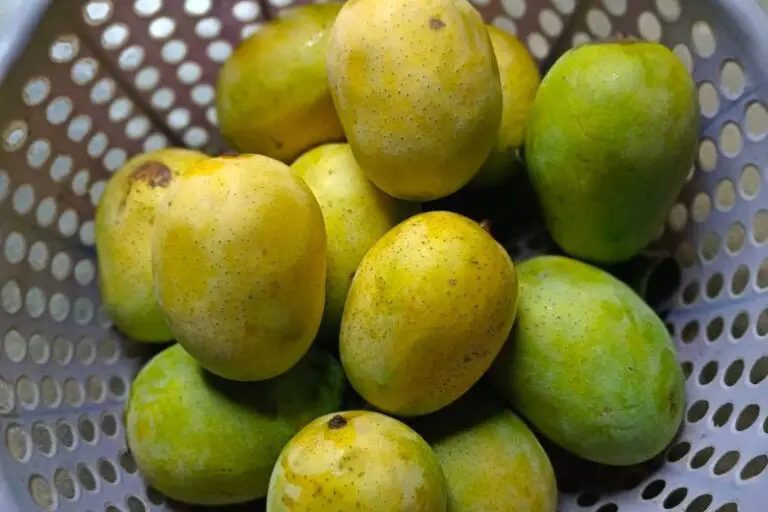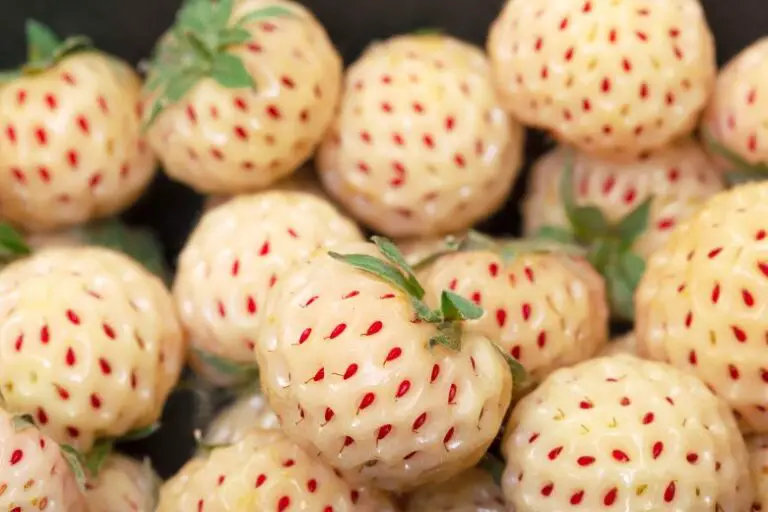Are There Any Toxic Parts to the Starfruit Plant
The starfruit plant, scientifically known as Averrhoa carambola, is a small to medium-sized tree native to Southeast Asia. It belongs to the family Oxalidaceae and is cultivated in many tropical and subtropical regions around the world.
The fruit of the starfruit tree has a distinctive star-shaped cross-section, which gives it its common name. It is commonly consumed fresh or used in various culinary creations, such as juices, salads, and preserves.
The Starfruit Plant: An Overview
The starfruit plant typically grows to a height of 25 to 30 feet and is characterized by its compound leaves and small, lilac-colored flowers. The tree is evergreen, and its fruit varies in size and color depending on the variety. Starfruit cultivation is popular in countries like India, Indonesia, Malaysia, and the Philippines. Due to its growing global demand, it is also cultivated in some parts of Central and South America, the Caribbean, and Australia.
Nutritional Value of Starfruit
Starfruit is praised not only for its refreshing taste but also for its rich nutritional profile. It contains essential vitamins, minerals, and dietary fiber. A typical serving of starfruit provides a significant amount of vitamin C, vitamin A, potassium, and antioxidants, which are beneficial for maintaining a healthy immune system and promoting overall well-being.
The Edible Parts of the Starfruit Plant
The starfruit itself is the primary edible part of the plant. When ripe, it has a yellow to golden color and a crispy, juicy texture. The flavor can range from sweet to tart, depending on the ripeness. The skin of the fruit is thin and edible, while the flesh contains small seeds that are also safe to eat. Starfruit is commonly consumed fresh, but it can also be processed into various products like jams, jellies, and pickles.
Toxic Parts of the Starfruit Plant
While the starfruit is generally safe for consumption by the majority of people, there are specific toxic components in the fruit that can pose health risks to certain individuals. The primary toxic agent is a neurotoxin called caramboxin, which affects individuals with impaired kidney function. Additionally, the fruit contains oxalic acid, which can be harmful in large quantities, especially for those with a history of kidney stones.
Starfruit Toxicity: Who’s at Risk?
The toxicity of starfruit primarily affects individuals with kidney-related issues, particularly those with chronic kidney disease (CKD). The neurotoxin caramboxin cannot be efficiently filtered out by compromised kidneys, leading to its accumulation in the bloodstream. Individuals on dialysis or with a history of kidney transplant are also vulnerable to starfruit poisoning.
Symptoms of Starfruit Toxicity
When starfruit toxicity occurs, it can lead to a condition known as “starfruit intoxication” or “starfruit nephrotoxicity.” The symptoms may vary in severity and can include neurological manifestations such as confusion, hiccups, seizures, and even coma. Additionally, individuals may experience gastrointestinal disturbances, such as vomiting and diarrhea.
Treatment for Starfruit Toxicity
If someone with impaired kidney function consumes starfruit and exhibits symptoms of toxicity, it is crucial to seek immediate medical attention. The treatment primarily involves managing the neurological symptoms and providing supportive care for the kidneys. In severe cases, dialysis may be necessary to filter out the toxins from the bloodstream.
Managing Starfruit Consumption
For individuals with healthy kidney function, consuming starfruit in moderation is generally safe. The fruit can be a delightful addition to a balanced diet. However, for those with kidney issues, including CKD patients, it is advisable to avoid starfruit altogether to prevent potential complications.
Cultural and Traditional Uses
In various cultures, starfruit holds significant cultural and traditional value beyond its culinary uses. It is often used in traditional medicine to treat ailments like headaches, sore throats, and skin conditions. However, caution must be exercised, especially when considering its medicinal use in vulnerable populations.
Starfruit in Modern Medicine
The potential therapeutic properties of starfruit have garnered interest in the scientific community. Some studies suggest that certain compounds in starfruit may have antioxidant and anti-inflammatory effects, which could be beneficial for health. However, further research is needed to validate these claims and explore potential medical applications.
Starfruit Plant in Landscaping and Gardening
Apart from its culinary and medicinal uses, the starfruit plant is also valued for its ornamental qualities. The tree’s attractive appearance, coupled with its unique fruit, makes it a desirable addition to tropical gardens and landscapes. For those interested in gardening, cultivating a starfruit tree can be a rewarding experience.
Preventing Starfruit Poisoning
Raising awareness about starfruit toxicity is essential to prevent accidental poisonings. Healthcare professionals should be educated about the risks of starfruit consumption in vulnerable patients, and clear guidelines should be established for managing cases of starfruit intoxication.
Global Regulations and Warnings
Some countries have implemented regulations regarding starfruit consumption, especially for patients with kidney issues. Proper labeling of starfruit products and restaurant dishes can help individuals make informed choices about whether or not to consume the fruit.
Alternative Uses of Starfruit
While the focus is usually on the fruit, other parts of the starfruit plant can be utilized in various ways. For example, the leaves and flowers can be used for medicinal purposes or as natural dyes, and the wood can be employed for small-scale carpentry and handicrafts.
Environmental Impact of Starfruit Cultivation
As the demand for starfruit increases, it is crucial to consider sustainable farming practices. Ensuring responsible cultivation can help preserve the environment and protect biodiversity.
The Controversy Surrounding Starfruit
The safety of starfruit consumption remains a topic of debate. While many consider it safe for the general population, the risks it poses to individuals with kidney issues have raised concerns. Balancing these perspectives is essential for informed decision-making.
Stories and Cases of Starfruit Toxicity
Examining real-life incidents of starfruit poisoning can shed light on the importance of understanding the risks associated with consuming this fruit. Learning from these cases can help prevent future occurrences.
Myths and Misconceptions about Starfruit
As with any popular fruit, there are bound to be myths and misconceptions surrounding starfruit. Debunking these fallacies can promote accurate information and responsible consumption.
Conclusion
In conclusion, starfruit is a delightful tropical fruit with various culinary and potential medicinal uses. For the majority of people, consuming starfruit is safe and can be part of a healthy diet. However, individuals with kidney issues, especially those with chronic kidney disease, should exercise caution and avoid starfruit to prevent potential toxicity. By raising awareness and adhering to recommended guidelines, we can enjoy the benefits of starfruit while minimizing risks.







